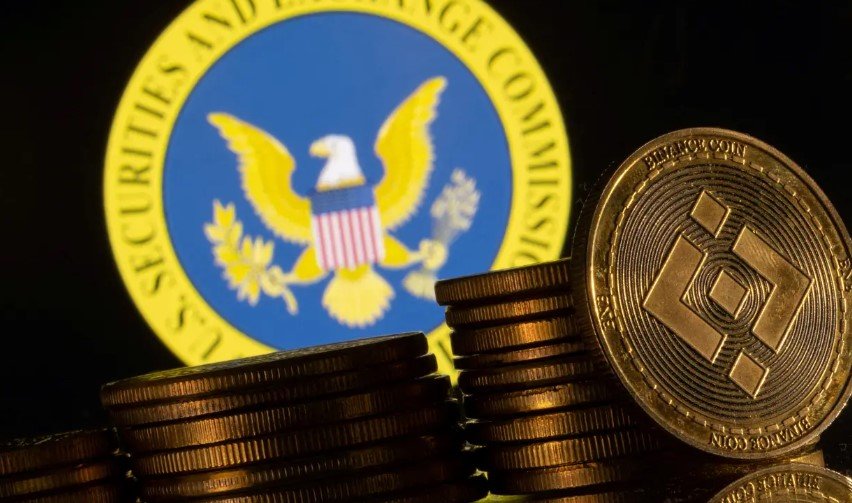The Securities and Exchange Commission (SEC) has recently been embroiled in controversy following the resignation of two key lawyers amid criticisms of their handling of the DEBT Box case. This development has sent ripples through the regulatory landscape, highlighting the challenges of governing emerging financial technologies.
The DEBT Box Controversy
The case against DEBT Box, a crypto firm accused of misleading investors, has taken a dramatic turn with the resignation of SEC lawyers Michael Welsh and Joseph Watkins. Their departure follows a federal judge’s sanctioning of the SEC for what was deemed a “gross abuse” of power in the pursuit of a restraining order against the company.
The legal battle began when the SEC accused DEBT Box of defrauding investors, leading to an asset freeze and the appointment of a receiver. However, the case unraveled as the court found inconsistencies and misrepresentations in the SEC’s arguments.
Legal and Ethical Implications
The resignations and the subsequent fallout raise questions about the ethical responsibilities of regulatory bodies. The SEC’s aggressive tactics in the DEBT Box case, which included claims of the company moving assets to Dubai to evade U.S. jurisdiction, were later found to be unsubstantiated.
This incident has sparked a debate on the balance between regulatory oversight and the rights of companies operating within the legal gray areas of emerging technologies. The scrutiny of the SEC’s conduct by a federal judge underscores the need for transparency and accountability in regulatory actions.
The Future of Crypto Regulation
The DEBT Box case serves as a cautionary tale for regulators navigating the complex world of cryptocurrency. It highlights the necessity for clear guidelines and fair enforcement practices as the industry continues to evolve.
As the SEC recalibrates its approach, the crypto community watches closely. The outcome of this case could set a precedent for future regulatory interventions in the digital asset space, making it a landmark event in the ongoing dialogue between innovation and regulation.


 Bitcoin
Bitcoin  Ethereum
Ethereum  Solana
Solana  Cardano
Cardano  Chainlink
Chainlink  Sui
Sui  Avalanche
Avalanche  Mantle
Mantle  Polkadot
Polkadot  Bittensor
Bittensor  NEAR Protocol
NEAR Protocol  Aptos
Aptos  Internet Computer
Internet Computer  Arbitrum
Arbitrum  Algorand
Algorand  Cosmos Hub
Cosmos Hub  Render
Render  Sei
Sei  Quant
Quant  Jupiter
Jupiter  Filecoin
Filecoin  Immutable
Immutable  Injective
Injective  Celestia
Celestia  Stacks
Stacks  Optimism
Optimism  The Graph
The Graph  Pyth Network
Pyth Network  Flow
Flow  THORChain
THORChain  MultiversX
MultiversX  dYdX
dYdX  Akash Network
Akash Network  Illuvium
Illuvium  Metis
Metis  Manta Network
Manta Network  Dymension
Dymension  Kujira
Kujira